We Want Social Learning, But No, Not Like That!
Mobile content creation for social networks, community, and mass-media use is well underway. This ever-growing powerful force has reshaped how we consume content (hours of content consumed on apps like TikTok, Instagram, and YouTube, among others), how we relate to each other in networks we belong to (Clubhouse chats and stages, Venmo activity streams, Twitch chats), and how we communicate (Giphy, Snapchat, WhatsApp). This massive amount of choice is excellent for consumers, but uptake for features like this continues to be slow with enterprises. Often the features added are poor imitations of the consumer marketplace examples; the use cases and business benefits are superficial or even surprisingly tone-deaf in their implementation.
We can overcome this as an industry in Learning and Development. We understand how we can use excellent communication to transform organizations. After all, we’ve helped make it happen! We should take advantage of these broader social groundswell, too. Turn your audience into trusted partners and creators. Why do I say this, you ask? The bottom line – the hunger and need for content from your audience far outstrips your ability to produce it all by yourself. Even if you had the largest budget in the world to create the pieces of content needed for your business, you would find a lack somewhere else in the learning supply chain. You wouldn’t have enough subject matter experts or hours in a day, and you couldn’t provide quick enough turnaround to requests as they come in – the list of issues is a long one.
The list becomes a lot shorter when you have the strength of your organization backing you. Dozens of high-performing sales reps communicate with each other faster and with less friction than you would encounter if you had to conduct all the interviews and organize the data alone. The market is changing too quickly for 6-12-month learning product cycles. Leverage the power of your workforce, and get the message out there with greater efficiency.
The avenues are virtually limitless. One-to-one, one-to-many, many-to-one, and many-to-many – all these communication modes and more are available to you through mobile communications. You need to investigate your learners’ needs for peer-based learning and social learning and get it out there in a mobile-friendly format. Easier said than done, right? Maybe, maybe not.
Try some of these tips on for size. Provide a tool for your audience that fosters omnidirectional communication. Choose a platform that enables user-generated content in thoughtful, valuable ways. Incentivize your learners to become creators by providing them with strong motivational tools and giving them credit. Resist the temptation to bolt social on as an afterthought. And finally, empathize with your learners as they interact with and engage in the system. Keep private data private and secure. Build trust and win together.
If delivering easy-to-use, mobile-first content is important to you and your organization, you must make it a priority. Contact us for tips on how to streamline your user experience and welcome users to your learning ecosystem.
We’re SparkLearn® and this is DarkSparks – a monthly series for design discussion and critique in learning user experience.

